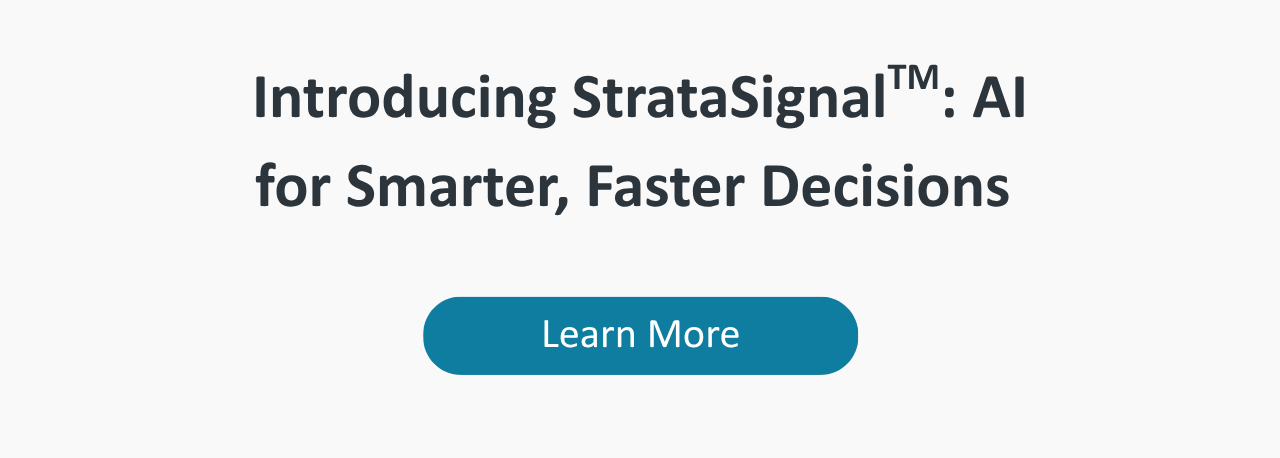Accelerate Performance through Planning: How to Ensure Your Creation of a Data-Driven Plan
(Part 2 of a 3-part blog series)
Financial institutions with effectively developed and executed strategic plans have a clear competitive advantage, but such institutions are all too limited in number. Leaders often cite the lack of appropriate data and tools as a reason that strategic initiatives lose momentum amid the daily “fire drills” in financial institutions.

